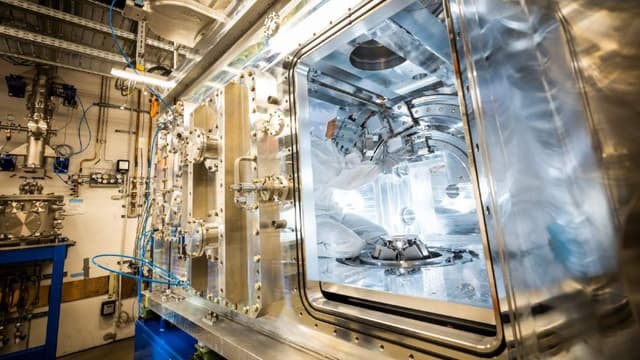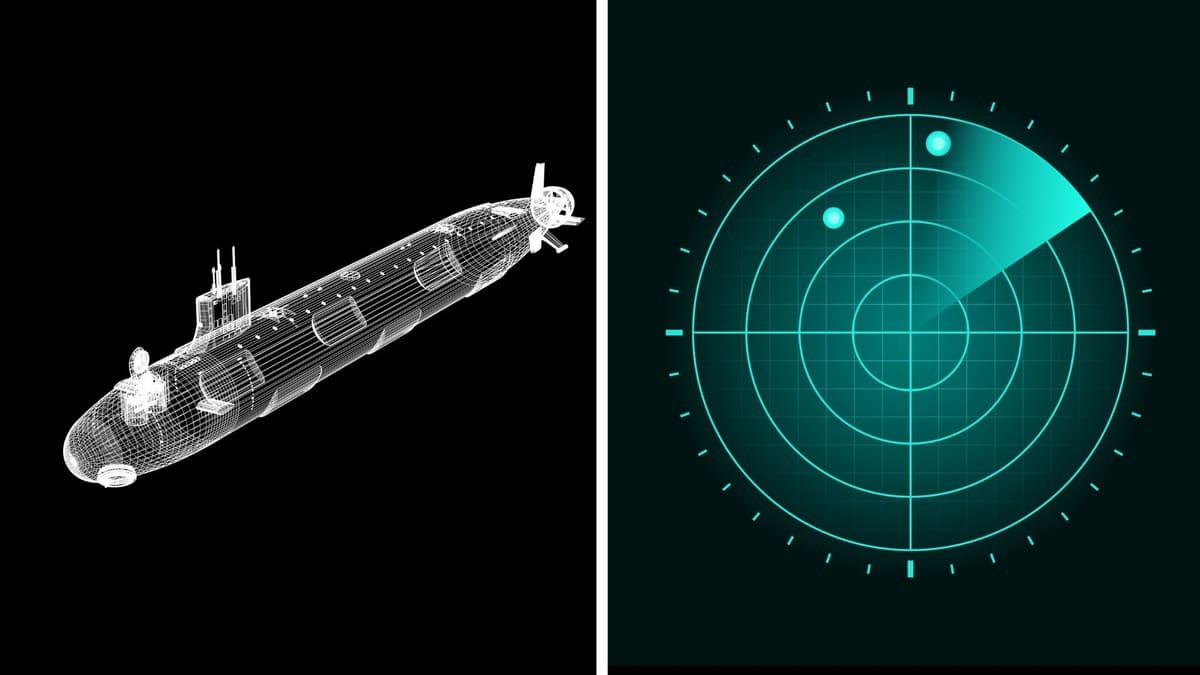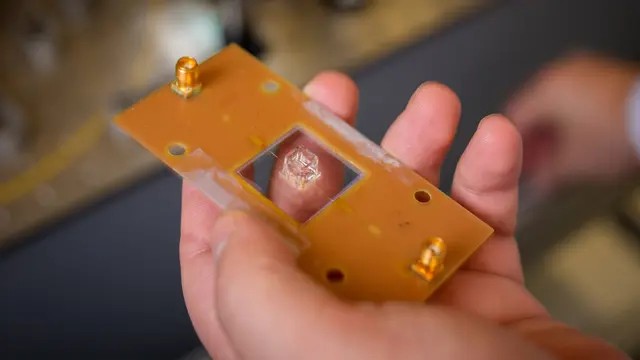Scientists Create Liquid Carbon for the First Time Using High-Power Lasers, Marking A Breakthrough That Could Accelerate Nuclear Fusion Research
In a groundbreaking experiment, a team of researchers led by the University of Rostock and the Helmholtz-Zentrum Dresden-Rossendorf (HZDR) has successfully created liquid carbon in a laboratory setting—a feat previously considered impossible.
This marks the first time we've been able to experimentally observe the structure of liquid carbon,” said Professor Dominik Kraus, head of the Carbon Working Group at the University of Rostock and HZDR. “Our findings confirm long-standing theoretical predictions, revealing a complex liquid with unique structural characteristics, much like water.

Figure 1. The HED instrument at European XFEL where DiPOLE 100-X was installed.
A Game-Changer for Nuclear Fusion
The experiment, made possible by the UK’s DiPOLE 100-X laser developed by STFC’s Central Laser Facility (CLF), has significant implications for the future of nuclear fusion technology. Figure 1 shows The HED instrument at European XFEL where DiPOLE 100-X was installed.
With an exceptionally high melting point around 4,500°C and distinctive structural properties, liquid carbon is seen as a promising material for next-generation fusion reactors. It could function both as a coolant and as a neutron moderator—crucial roles in maintaining fusion reactions.“The STFC’s laser technology has unlocked experimental possibilities we previously thought unattainable,” the team noted.
Achieving the Unthinkable with Laser Precision
To produce liquid carbon, researchers used the high-powered DiPOLE 100-X laser to generate extreme conditions, briefly liquefying solid carbon samples for just billionths of a second. At the same time, X-ray diffraction techniques captured the material’s atomic structure.
Each trial lasted only fractions of a second and was repeated with slight variations. The resulting diffraction “snapshots” were then compiled to form a detailed picture of carbon’s transformation from solid to liquid.
Ordinarily, carbon skips the liquid phase under normal pressure and becomes a gas when heated, making it incredibly difficult to study [1]. Only under immense pressure and temperatures around 4,500°C does it enter a liquid state—the highest known melting point of any element.
A Major Step Toward Fusion Power
Thanks to the European XFEL facility and the advanced D100-X laser system, that challenge has been overcome. The team discovered that liquid carbon exhibits a local structure similar to that of diamond, with each atom surrounded by four neighbors.
They also succeeded in precisely determining carbon's melting point, resolving previous inconsistencies among theoretical models.This advancement could accelerate the development of nuclear fusion technology.
“In the future, processes that currently take hours could be completed in seconds, once automated control and data analysis systems are fully optimized,” the team concluded.
Reference:
- https://interestingengineering.com/energy/liquid-carbon-made-could-advance-fusion
Cite this article:
Keerthana S (2025), Scientists Create Liquid Carbon for the First Time Using High-Power Lasers, Marking A Breakthrough That Could Accelerate Nuclear Fusion Research, AnaTechMaz, pp.362







